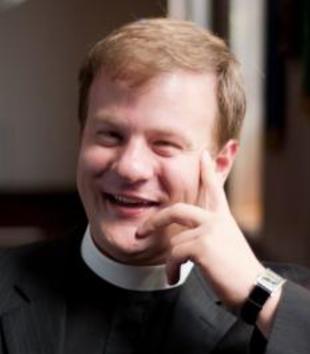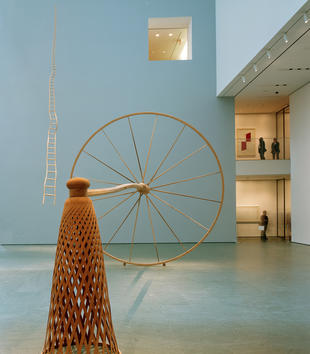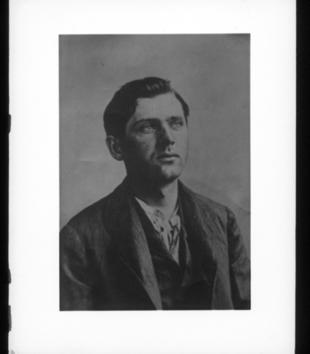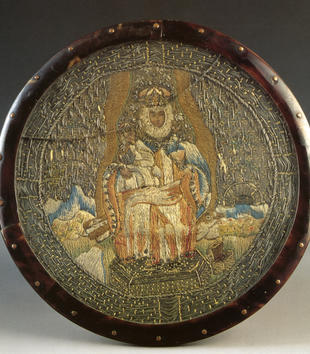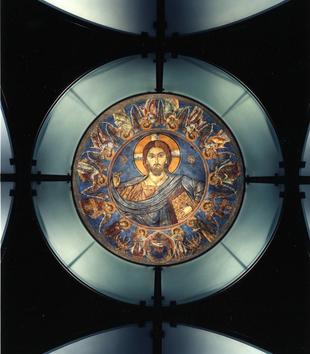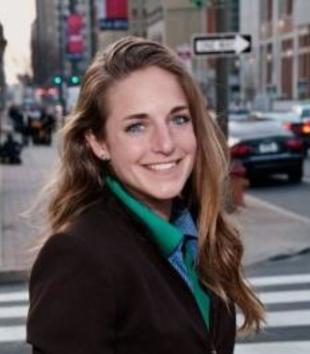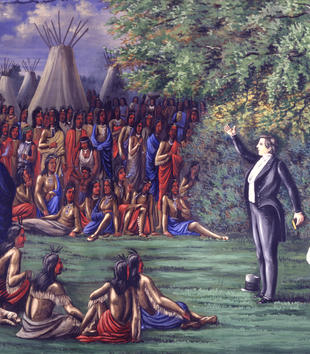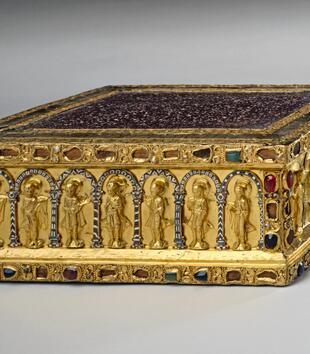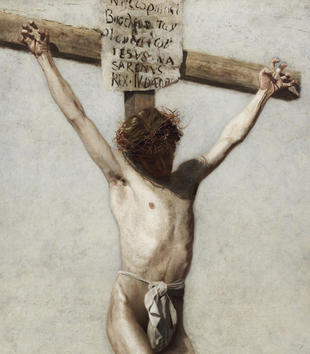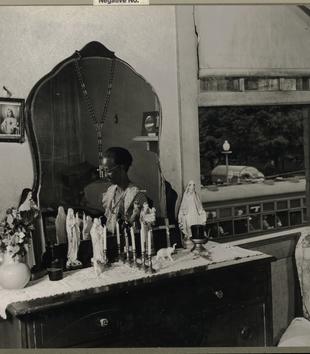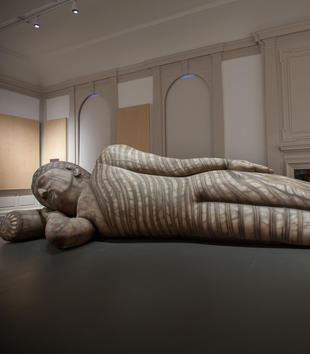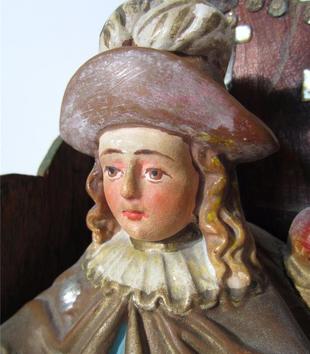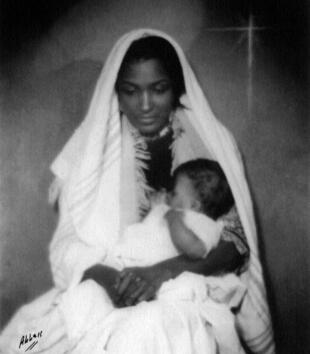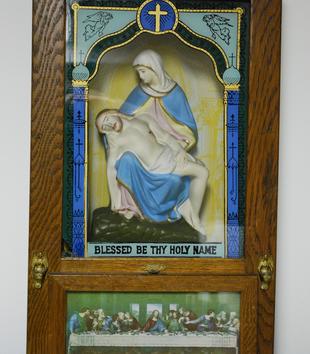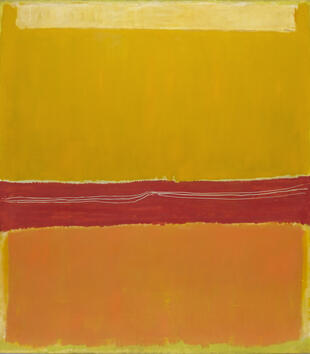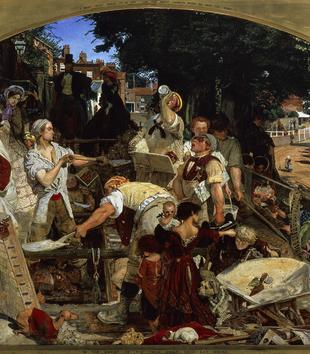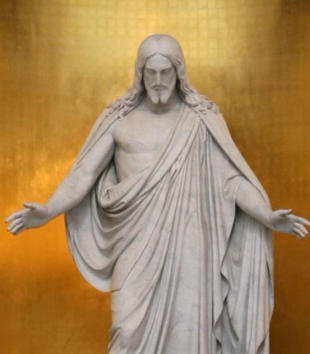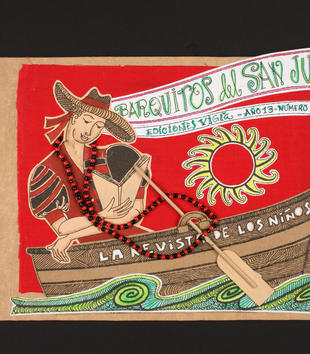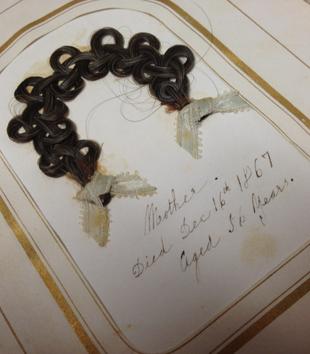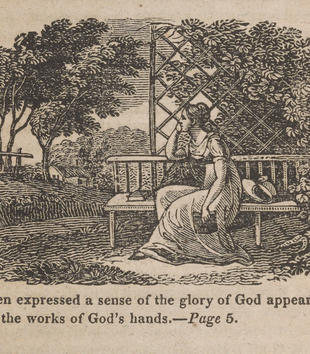You are here
Conversations: An Online Journal of the Center for the Study of Material and Visual Cultures of Religion
MAVCOR began publishing Conversations: An Online Journal of the Center for the Study of Material and Visual Cultures of Religion in 2014. In 2017 we selected a new name, MAVCOR Journal. Articles published prior to 2017 are considered part of Conversations and are listed as such under Volumes in the MAVCOR Journal menu.
-
Imam Shamsi Ali is an Islamic scholar, Chairman of the Al-Hikmah Mosque in Astoria, and the Director of Jamaica Muslim Center in Queens.
-
Ashley Makar interviewed Reverend Alex Dyer, priest-in-charge of St. Paul and St. James Episcopal Church of New Haven, CT in May 2011.
-
The world of handmade objects and manual labor turns strange in Puryear's Desire, and in this way, the ordinary becomes—here is list of options, choose one—estranged, uncanny, defamiliarized.
-
Early debates around the use of the electric chair pivoted on the convergence of state and divine power.
-
Nun's badges worn in colonial New Spain not only articulated a woman’s religious affiliations, family fortune, and ethnic purity but also expressed her desire to influence political opinion.
-
The t-shirt’s appropriation of a multinational sportswear corporation’s logo into a sacred Hebrew name for God could be simply a clever play on words, but a more critical approach might take into account the commodification of this sacred name for the deity and its subsequent selling in the marketplace for profit.
-
Ashley Makar interviewed Julie Dickerson in 2010 while she was painting a mural of “dancing saints”—ranging from Moses’ sister Miriam to Martin Luther King—in the undercroft at St. James and St. Paul Episcopal Church in New Haven, Connecticut (affectionately nicknamed “St. PJ's”).
-
Although LDS doctrine esteemed Native Americans as literal descendants of the peoples of the Book of Mormon, relations between Mormons and Indians in Utah grew increasingly strained as resources became scarce. Christensen’s work reflects this divided perspective.
-
The portable altar seems to have developed in the missionary world of the seventh century, to meet the Church's requirement that Mass be celebrated only on a consecrated altar—a requirement that strengthened the position of bishops, who alone could consecrate them.
-
In his 1880 The Crucifixion, Thomas Eakins, a reputed agnostic, crafted a realist interpretation of one of the central devotional subjects in Christian art, challenging the traditional iconography of the crucifixion by eliminating all signs of divine presence.
-
Visibly claiming to regulate the prescribed Christian imitation of the biblical figures they represented, late-nineteenth and early-twentieth century statues of light-complexioned religious figures populated domestic spaces, churches, and missions fields, and implied that looking like Jesus or Mary or John might be more “natural” or “complete” for some than for others.
-
Unlike its solid stone predecessor, deSoto’s work, made from painted polyethylene cloth, is hollow, filled only by air from a fan that keeps the sculpture inflated. The resemblance to the reclining Buddha is nonetheless remarkable, from the curls of hair to the folds of the robe, the one exception being that deSoto superimposed his own facial features, complete with goatee, on this Buddha.
-
In the second half of the nineteenth century, in Europe and the United States, chalkware accomplished for three-dimensional devotional objects what chromolithography managed for images in two dimensions.
-
During the Harlem Renaissance, mother and child portraits and figure studies were especially popular in the African American media, signaling the importance placed on motherhood and the nurturing of future generations.
-
This conversation about spirituality happened in the home of Aparajita Guha in Rexford, New York, on June 20, 2012. Guha, a practicing Hindu, is a family friend of Ashley Makar, who is a practicing Christian.
-
Among the material items that might occupy the pre-Vatican II American Catholic home, regardless for the most part of the occupant’s ethnicity or familial nation of origin, the last rites cabinet or viaticum (Latin for “supply of provisions for a journey”) asserted a powerful daily and nightly presence.
-
Strong, gestural markings in the central red band distinguish this painting from Rothko’s other mature works. This anomaly consists of long, gently undulating lines formed by gouging the surface of the paint all the way to the canvas before it dried. Straining out from a central point, the horizontal lines contrast sharply with the fuzzy, indeterminate edges of the other elements of the painting.
-
Ford Madox Brown’s allegory of labor in all its forms is the most ambitious Pre-Raphaelite painting of modern life and a profound meditation on the relationship between art, religion, and labor in Victorian society.
-
The internationally famous Danish sculptor Bertel Thorvaldsen (1789–1838) was asked to produce a series of colossal statues of Christ, John the Baptist, and the apostles for the new Neoclassical Vor Frue Kirke of Denmark. Of these, Christus (Christ) has become best-known. Copies of the sculpture, often true to size or even larger, can be found around the world.
-
Ashley Makar spoke with Rabbi Jordie Gerson on October 26, 2010 at Yale University’s Joseph Slifka Center for Jewish Life. Rabbi Jordie Gerson currently works as the Assistant Director and Campus Rabbi at University of Vermont Hillel.
-
Rolando Estévez Jordán, a visual artist, and Alfredo Zaldívar, a poet, co-founded Cuba’s Ediciones Vigía (Watchtower Editions) in 1985 to create an open forum for writers, musicians, and artists.
-
What photograph albums teach us about nineteenth-century viewing habits is that the reach of religion extended beyond compositionally “religious” subjects. Modes of beholding were often forms of religious practice that did not require a regulated rift between sacred and secular.
-
That “Protestants don’t have pictures” remains a common generalization. Yet in the early nineteenth century, nothing could be further from the truth. Protestant publishers like the nonsectarian American Tract Society (ATS) lavishly decorated their tracts with small but expressive printed illustrations.

